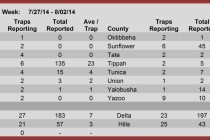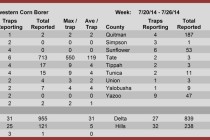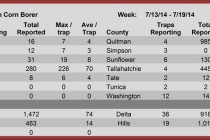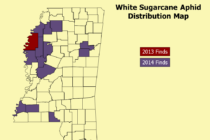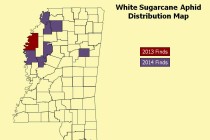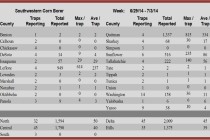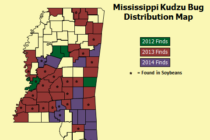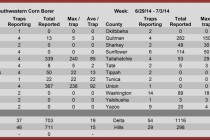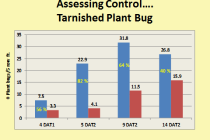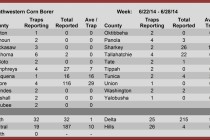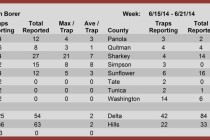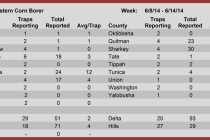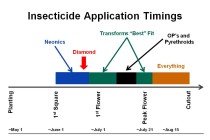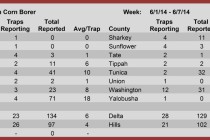👤Angus Catchot, Extension Entomologist
🕔10:25, 26.Jun 2014
In 2013 a new aphid pest called the White Sugarcane Aphid, Melanaphis sacchari, was detected in grain sorghum in 38 counties in Texas, Louisiana, Oklahoma, and one county in Mississippi. This species has apparently been around for years but the hosts switch to grain sorghum appears to be new. This pest can be devastating to grain sorghum if populations reach high densities. In fact, some fields have seen 100% yield loss. Another major factor is this aphid is difficult to control with currently labeled products.
Read Full Article▸

